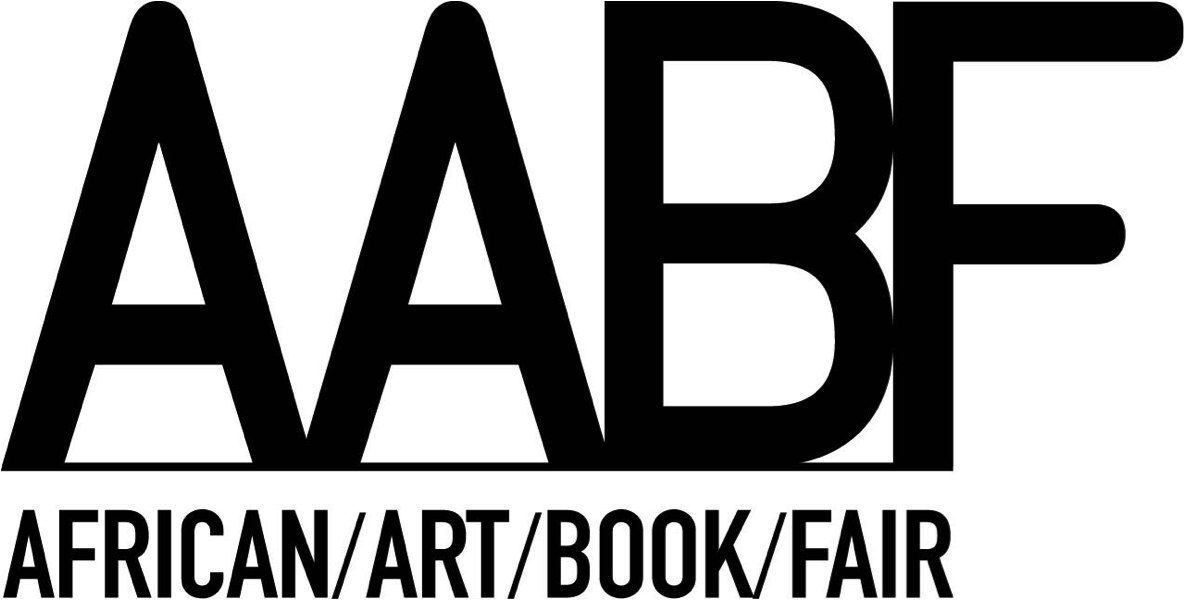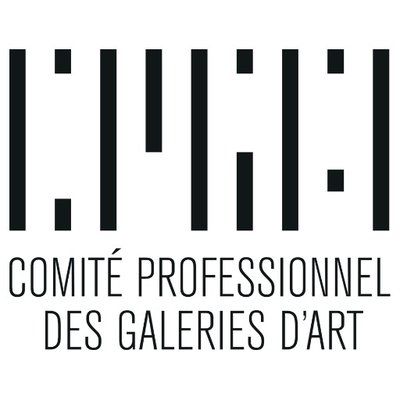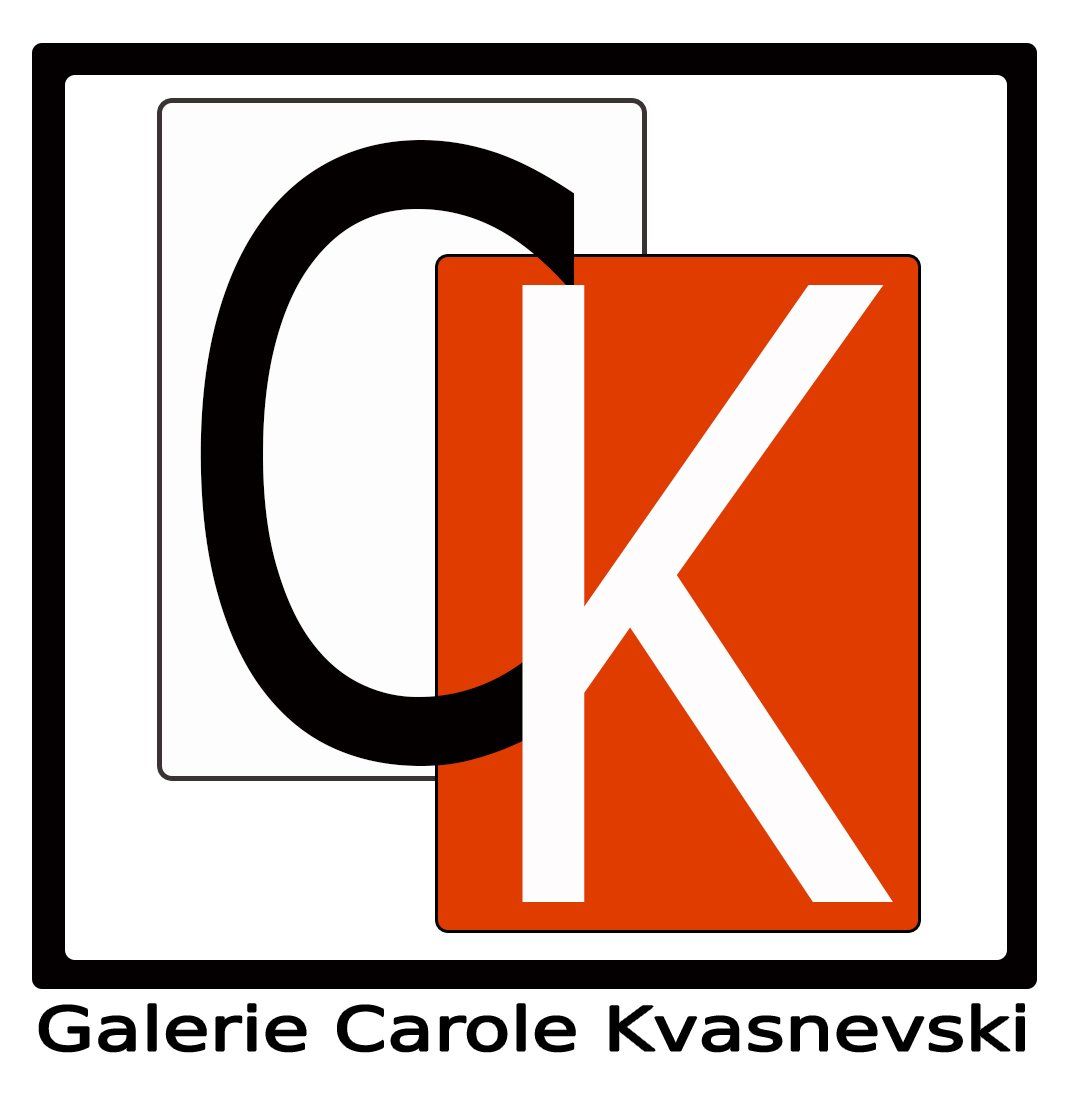"And when I approach the wicked, the black-hearted men, when I approach the envious, the black-hearted men,
Before me the breaths of the forefathers come forth. 1"
"[...] My children slid under the great river / To the depths of death. 2"
text by: Chris Cyrille. Art critic, Curator
Black or green figures emerge at the end of the image. Sometimes they are camera faces, as if for greater acuity. The gaze has changed hands, the bodies and faces are full of their own gaze and cut through the picture's device, they create the scene of the gaze and of the capture. They film, we are the characters. I am talking about the paintings of the artist Lindokuhle Khumalo, where the faces can be read as pride, as something that cannot be enclosed. And I am thinking of this notion of "Black Figuration", this way of figuration (black portraits on a plain background, games with black colour...) which is almost a school in Afro-diasporic painting. By "Figuration Noire", we should understand not only a type or a way of figuration but also the fabrication, at the terminal of the image, of a matter of dignity, of a body and a face that emerge from the abyss of a disfiguration or a defacement.
Behind these figures, let us imagine breaths as in Dieudonné Fokou's sculptures made of a hubbub of crushed assembled materials, which seem to evoke scandals and injustices, violence and hopes. And all these sculptures appear as busts from beyond the earth. Here again, it is a question of questioning the figure and its mode of presence, of questioning that which is not entirely there before us but which manifests itself all the same, of understanding finally that the world is full of those who came before us, and that the figure can be imagined as a receptacle.
We are not the only ones looking, others are looking with us, others are looking at us like in Lindokuhle Khumalo's paintings. And we think of all those breaths that speak with us as we speak, and the works of the two artists probably bring out - from the links created with loved ones, from memories that have not disappeared, from voices that continue to shout in our ears - images as a place of welcome, one where "all those dead who are not dead" can rest.
1 Birago Diop, « Viatique. » dans : Léopold Sédar Senghor, Anthologie de la nouvelle poésie nègre et malgache de langue française, Paris, Puf, 2015 (1948), p.144.
2 David Diop, Coups de pilon, Paris, Présence Africaine, 1973, p. 34









